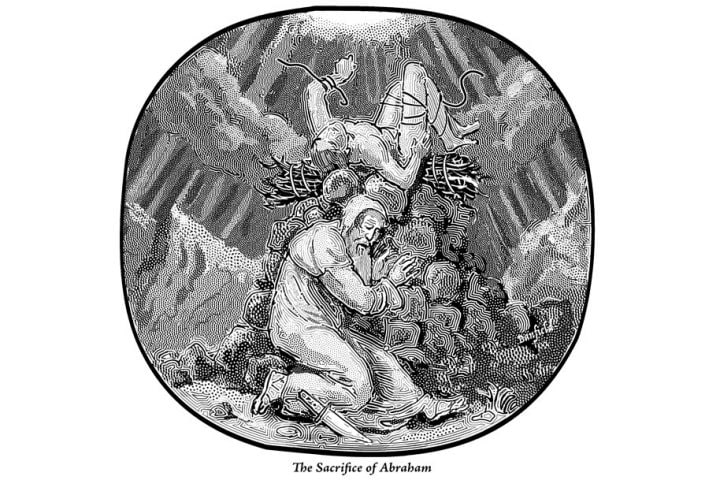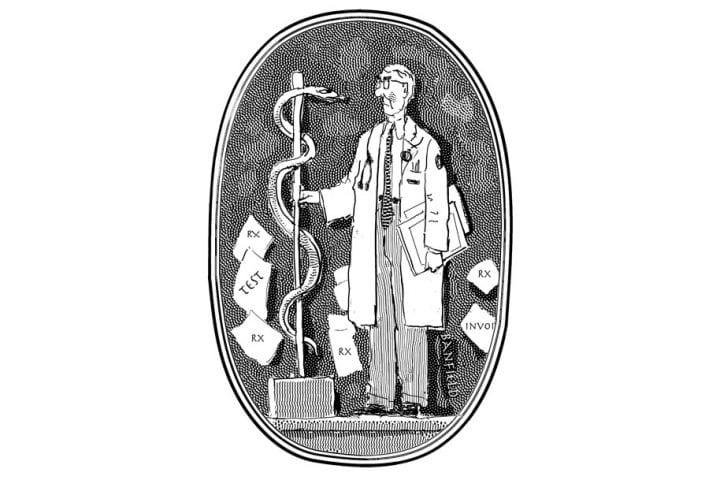The doctrine of separate but equal expounded by the Supreme Court in Plessy v. Ferguson (1896) was a compromise of sorts. Though the most traumatic event in American history had affirmed that all men are created equal, and this had been codified in the postwar constitutional amendments, counter-reformational forces were advancing with increasing momentum to restore de facto the antebellum regime.
Thus, 31 years after the war, unable either simply to declare invalid the principles for which so much blood had been shed, or directly to face down the resistance to them, the Court invented the doctrine of separate but equal and pointed the nation away from the unambiguous meaning of Lincoln’s “new birth of freedom.” The invented rationale was an illogical and, in view of the amendments, literally illegitimate attempt to contradict them without blatantly saying so.
Fifty-eight years later, molded by expediency and politics, the Court unnecessarily conformed its decision in Brown v. Board of Education to the structure and certain assumptions of Plessy in order to refute them. Heavily relying on the notably unsteady ground of sociological data that by its very nature changes over time, Chief Justice Earl Warren concluded that “[s]eparate educational facilities are inherently unequal.” This is simply untrue. Of course no “educational facility” is going to be exactly equal to another. Some will be better than others, some worse, most no more susceptible to being judged better, worse, or equal than on the whole a cow is either better than, worse than, or equal to a horse.
Despite exclusion from institutions for more than a thousand years, and despite their enforced poverty, the segregated Jews of Europe maintained an intellectual tradition second to none. Thomas Sowell has repeatedly drawn attention to the all-black Dunbar high school in Washington, D.C., which during segregation was demonstrably superior to the District’s white schools. Warren’s use of the word “inherently” is both incorrect and perhaps tinted with racist misconceptions.
Brown rests entirely on the premise that black schools would always be “inherently unequal.” If they were equal or superior, its premise refuted, what could it say consonant with its own terms to ban segregation? Catholic and Jewish schools generally rank higher than public schools. By the logic of Brown, what would prevent the exclusion of Catholic and Jewish students from public education? Nothing. So much for Brown.
I cannot imagine that if a Justice Clarence Thomas had shaped the case he would have shied from dealing with first principles and fundamentals. You kill the snake by cutting off its head, not by slicing gradually up from the tail, and the Declaration of Independence and the Constitution as amended provided, without recourse to social “science,” all that was necessary to decapitate Plessy.
Instead, Plessy’s echoes through Brown have distorted our jurisprudence so that, relying upon suspectly gathered, illogically construed statistics, it countenances racial and other forms of identity discrimination as long as the purposes are deemed salutary—as once, by some, slavery and Jim Crow were deemed salutary. For example, if Brown had been decided absent sociology it is doubtful that the doctrine of disparate impact would exist, or the convictions that drove busing: i.e. that black children require the presence of white children to become educated, and white children require the presence of black children to become humane. Believing that both policies are baseless and insulting is not to be in favor of segregation, even if, by resorting to such accusations some people indulge in the luxury of overlooking the obvious falsity of the propositions.
* * *
The statistically based doctrine of disparate impact, which relies on arbitrarily defined geographical areas, infers discriminatory intent from uneven distribution. It would perforce establish, for example, that because 13% of New York City’s population are Jewish and 4% are Hasidic, the under representation of both, and notably the latter, on the 69 professional area sports teams is evidence of discriminatory intent. For that matter, where are the requisite population-derived numbers of blacks in NASCAR or whites in black studies departments?
These are but a sample of the illogical contortions that poorly reasoned, cowardly, and overly expedient decisions have woven into the fabric of the law. No decent person could ever disagree with the outcome of Brown, but it and most outcome-driven judicial and political decisions carry via the corruption of their reasoning the seeds that blossom into the opposite of their intent. Among other things, as different legal schools and case after case illustrate, much like the lost wax process in casting, intent vanishes with time and the text remains. If the text is faithlessly betrayed or ambiguous it can be the instrument of passions entirely different than the ones from which it arose.
As anyone who has made things or fixed them will know, using the wrong tool may result in, variously, failure, the marring of the object, the alteration of its nature, or its destruction. And for crafting Brown what splendid tools we had, perhaps even the gift of the angels: “We hold these truths to be self-evident, that all men are created equal, that they are endowed by their creator with certain unalienable rights”; “No state shall make or enforce any law which shall abridge the privileges or immunities…[or] deny to any person within its jurisdiction the equal protection of the laws.”
And if Cyril, Irving, Ethel, and Mildred arrive at a place and Cyril and Ethel, who are one color, are admitted, while Irving and Mildred, who are another, are told to go elsewhere, the couples have not been treated equally, a fact to which the characteristics of one place or another are irrelevant.
How difficult would it have been to stand upon the principle—so contrary to current ideological fashion—that the declarations upon which the founders staked their very lives preclude the reduction of persons into dehumanized, de-individualized, manipulable quantities of identity? How difficult would it be now? Not difficult at all, really, with only a modicum of clarity and courage.




